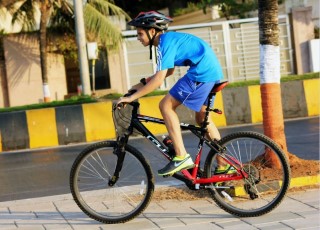 Young people are needed for a new study looking at ways to improve hypoglycaemia awareness through exercise.
Young people are needed for a new study looking at ways to improve hypoglycaemia awareness through exercise.
“Usually people with type 1 diabetes produce hormones like adrenaline that gives them the pale and shaky feeling when they have a hypo and provides a warning that they need to treat the hypo,” study lead Dr Mary Abraham said.
“However, almost 20 to 25 per cent of patients with type 1 diabetes cannot tell when they are going low and this is called being hypo unaware. They get hypos frequently as their bodies produce less adrenaline leading to the development of an impaired awareness of hypoglycaemia.”
Dr Abraham said the study was based on the premise that impaired hypo awareness was an adaptive response of the body to repeated hypos.
“Previous studies have shown that a strong stimulus can restore the hormone response and reverse effects of this impaired awareness,” she said. “This process is called dishabituation.
“In the current study we are testing if people, who are hypo unaware, are able to restore the adrenaline response by introducing a single burst of high-intensity exercise.”
We are looking for children and young adults aged 14 years and older who have type 1 diabetes, a HbA1C ≤ 9 per cent who are interested in high-intensity exercise.
For more information, please contact research assistant Joanne O’Dea via Joanne.O'Dea@health.wa.gov.au or email Dr Mary Abraham Mary.Abraham@health.wa.gov.au.
